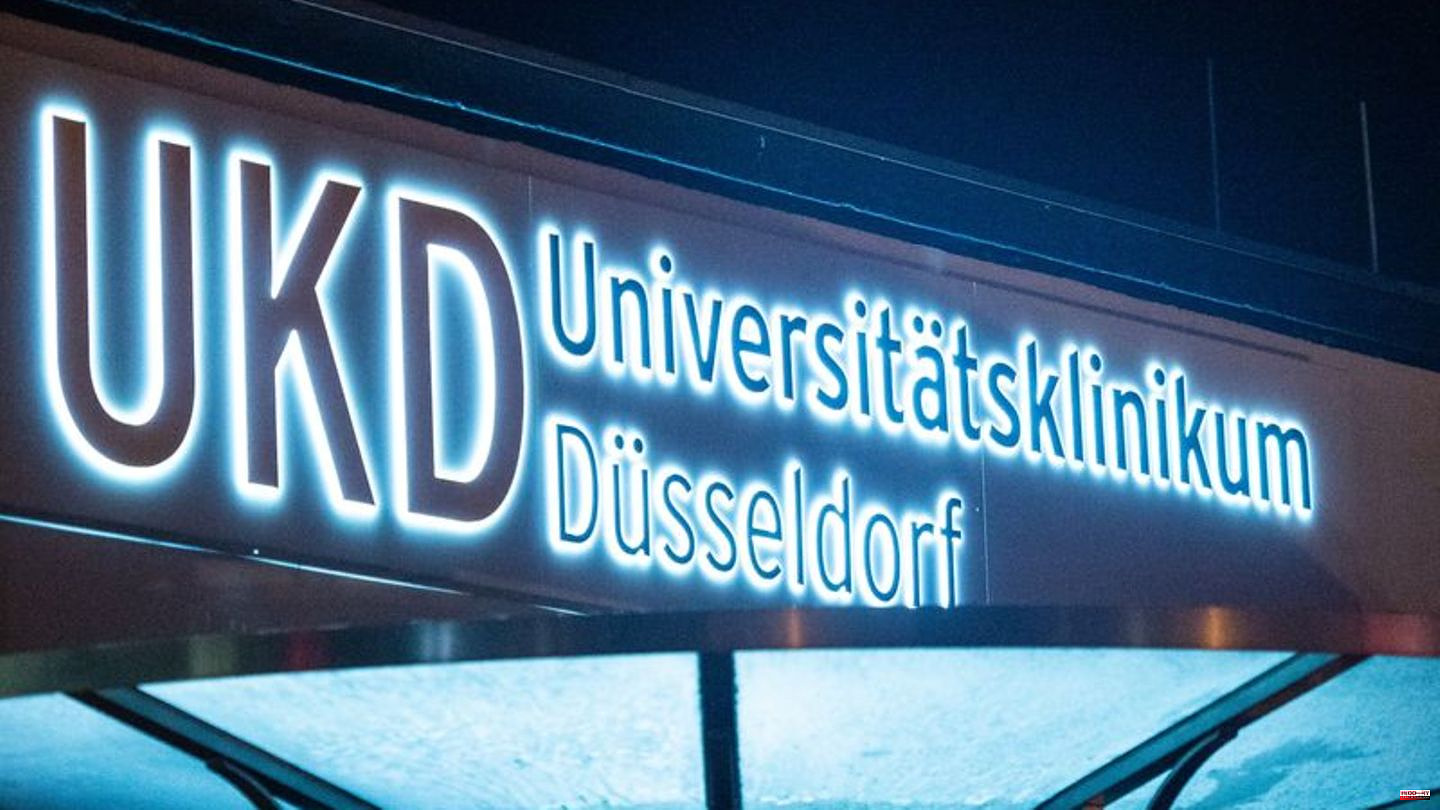For the third time in the world, a cancer patient with HIV has been successfully cured of both diseases with the help of a stem cell transplant. This is reported by doctors from the University Hospital Düsseldorf in the journal "Nature Medicine".
After such a therapy had already been used successfully in the "Berlin patient" and the "London patient", the research team hopes to find treatment options for HIV-infected people without cancer and is relying on gene therapy approaches. However, independent experts still see serious obstacles.
The Way of Recovery
In 2011, three years after his HIV diagnosis, the "Düsseldorf patient" was diagnosed with acute myeloid leukemia (AML) - a form of blood cancer. In 2013 he received a stem cell transplant. "Right from the start, the aim of the transplantation was to get both the leukemia and the HI virus under control," explained Guido Kobbe from the University Hospital in Düsseldorf, who carried out the operation.
The stem cells - like those of two comparable cases from Berlin and London - had a specific gene mutation called CCR5Δ32 (CCR5-Delta32). This mutation, which occurs mainly in people from Northern and Central Europe but is very rare overall, means that there is no docking point for HIV on the immune cells. Without such a docking point, the virus cannot find an entry point and cannot infect the cells, which makes carriers of the mutation almost resistant to the pathogen.
In fact, the transplant resulted in remission of HIV symptoms, so in 2018 the treatment team decided to stop antiviral HIV therapy. The subsequent monitoring of the patient over several years proved the continuing success: Today the scientists speak of a complete recovery of the meanwhile 53-year-old.
Björn Jensen, part of the international team of doctors, summed it up: "After our intensive research, we can now confirm that it is fundamentally possible to stop the multiplication of the HI virus in the long term by combining two essential methods." This is on the one hand the extensive emptying of the virus reservoir in long-lived immune cells and on the other hand the transfer of the HIV resistance of the donor immune system to the recipient. "So the HI virus has no chance of multiplying again."
Treatment only possible to a limited extent
However, such a therapy is currently only possible for a few patients: on the one hand, because the number of suitable donors with the mutation is so small. On the other hand, because stem cell transplantation can only be used in the context of the treatment of other life-threatening diseases such as cancer due to the many risks.
The research team therefore hopes that the study will show ways of treating HIV in the future by transplanting gene-edited stem cells to infected people without cancer. The mutation would be inserted, for example, using gene scissors such as Crispr/Cas and combined with strategies that reduce the HIV reservoirs in the body.
Overall positive opinions of the experts
According to Jürgen Rockstroh from the University Hospital Bonn, there is still a long way to go. An expansion of the therapeutic approach to HIV-infected people without cancer remains unrealistic for the time being. "One problem here seems to be that in the case of appropriate gene therapy approaches, all cells must subsequently show the CCR5 gene mutation," explained Rockstroh.
However, this is not necessarily achievable for all cells, so that there always remains a reservoir of cells that have not been modified by gene therapy. "Nevertheless, there are also individual cases after gene therapy that showed at least better control of the HI viremia after stopping the HIV therapy, so that it is certainly promising to continue researching gene therapy approaches."
According to Boris Fehse from the Hamburg-Eppendorf University Hospital, these approaches include protecting blood cells from HIV or even cutting the virus out of infected cells. With regard to the hope described by the authors, the biomedical scientist also refers to the small number of suitable stem cell donors, possible rejection reactions and side effects, but is nevertheless optimistic: "It is very easy to imagine that in the near future HIV patients who are due to a Blood cancers that require a stem cell transplant will always be offered the opportunity to have the transplant treated with gene scissors before infusion." Depending on the disease, these could be donor or the patient's own blood stem cells.
As Toni Cathomen from the Freiburg University Hospital added, HIV-infected people with well-adjusted therapy now have a life expectancy that is similar to that of the general population: In his opinion, the risk that is currently associated with a stem cell transplant is therefore current for "healthy" HIV-infected people not justifiable. But that could change in the future, according to the molecular biologist. Because: "In contrast to conventional HIV therapy, which has to be taken for life, the genetic approach promises a cure after a single use of gene scissors, i.e. a complete remission, and thus the discontinuation of antiretroviral therapy."












